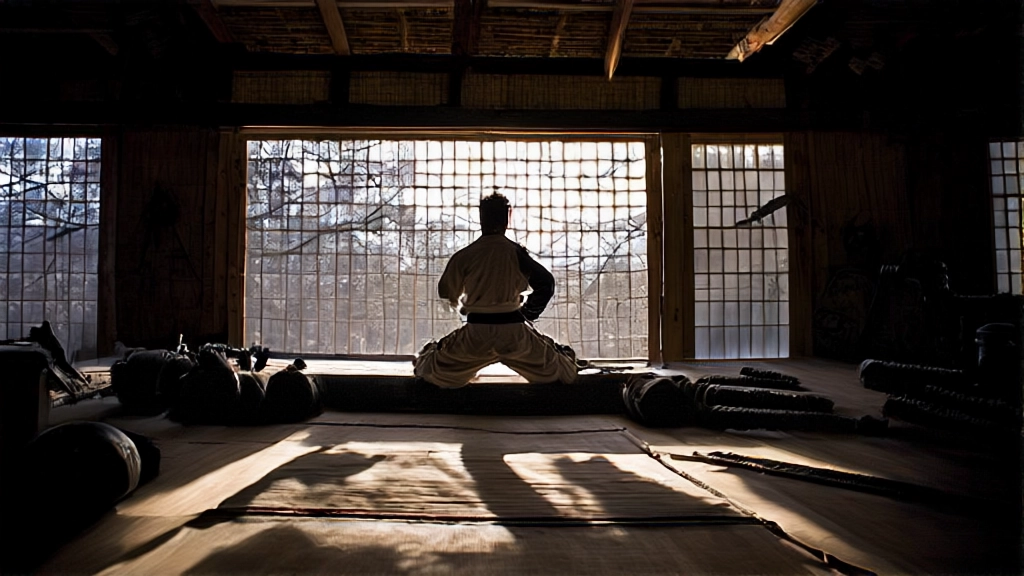Customer Support | Call us on 02 4257 1105 or reach out to us via email info@morgansports.com.au
Love Your New Equipment? Drop A Review & Win a $100 Gift Voucher | You Will Be Contacted Via DM!
Customer Support | Call us on 02 4257 1105 or reach out to us via email info@morgansports.com.au
Love Your New Equipment? Drop A Review & Win a $100 Gift Voucher | You Will Be Contacted Via DM!



Date Posted:3 June 2024

In recent years, the popularity of martial arts has surged, with many enthusiasts seeking ways to train and practice from the comfort of their own homes. This raises the question: Can you effectively train martial arts at home? Let's delve into the pros and cons of home training and explore the essential equipment needed to embark on this journey.
Convenience and Flexibility
One of the most significant advantages of training at home is the convenience it offers. You can schedule your training sessions around your daily routine, eliminating the need to commute to a gym or dojo.
Cost-Effective
Home training can be more cost-effective in the long run, as you save on gym memberships, travel expenses, and other associated costs. You can invest in equipment that you own and use indefinitely.
Personalized Training Environment
Training at home allows you to create a personalized environment tailored to your preferences. You can control factors such as lighting, music, and temperature, creating an ideal space for focused practice.
Privacy and Comfort
For some individuals, training in a private space offers a level of comfort and confidence that may be lacking in a public setting. This privacy can enhance concentration and motivation during workouts.
Family and Community Engagement
Training at home can be a family affair, encouraging participation from family members and fostering a sense of unity and shared interest. It can also serve as an opportunity to engage with online martial arts communities for support and guidance.
Lack of Professional Guidance
One of the main drawbacks of home training is the absence of immediate professional guidance and feedback. Without a qualified instructor present, you may miss out on valuable corrections and insights.
Limited Space and Resources
Home environments may have limited space and resources compared to dedicated training facilities. This can impact the variety and intensity of training exercises and techniques that can be practiced effectively.
Motivational Challenges
Maintaining motivation and discipline can be more challenging when training alone at home. Without the external accountability of a class schedule or training partners, some individuals may struggle to stay consistent.
Safety Concerns
Training at home requires careful attention to safety protocols and equipment maintenance. Without proper supervision, there is a higher risk of injury due to incorrect technique or overexertion.
Social Interaction
Training in a group setting provides opportunities for social interaction, camaraderie, and peer support. Home training may lack this social aspect, which can be important for motivation and morale.
1. Training Mat or Flooring
A suitable training surface is essential for safety and comfort during martial arts practice. Invest in high-quality mats or flooring that provide adequate cushioning and traction.
2. Training Gear
Depending on the martial art you practice, you may need specific training gear such as gloves, hand wraps, shin guards, and headgear. Ensure that your gear is properly fitted and offers adequate protection.
3. Training Implements
Certain martial arts styles may require training implements such as punching bags, kicking pads, focus mitts, or wooden dummies. These tools help simulate realistic training scenarios and improve technique.
4. Strength and Conditioning Equipment
Include strength and conditioning equipment like resistance bands, kettlebells, dumbbells, or a pull-up bar to complement your martial arts training and enhance overall fitness.
5. Educational Resources
Access to educational resources such as instructional videos, books, or online courses can supplement your home training by providing guidance, techniques, and training drills.
6. Training Partners (Optional)
If possible, training with a partner or joining virtual training sessions can add variety, motivation, and a sense of camaraderie to your home training experience.
In conclusion, training martial arts at home offers both advantages and challenges. While it provides convenience, cost savings, and personalized training environments, it also requires self-discipline, safety precautions, and a proactive approach to skill development. By investing in essential equipment, staying motivated, and seeking guidance from qualified sources, you can effectively train martial arts and progress on your martial arts journey from the comfort of your home.